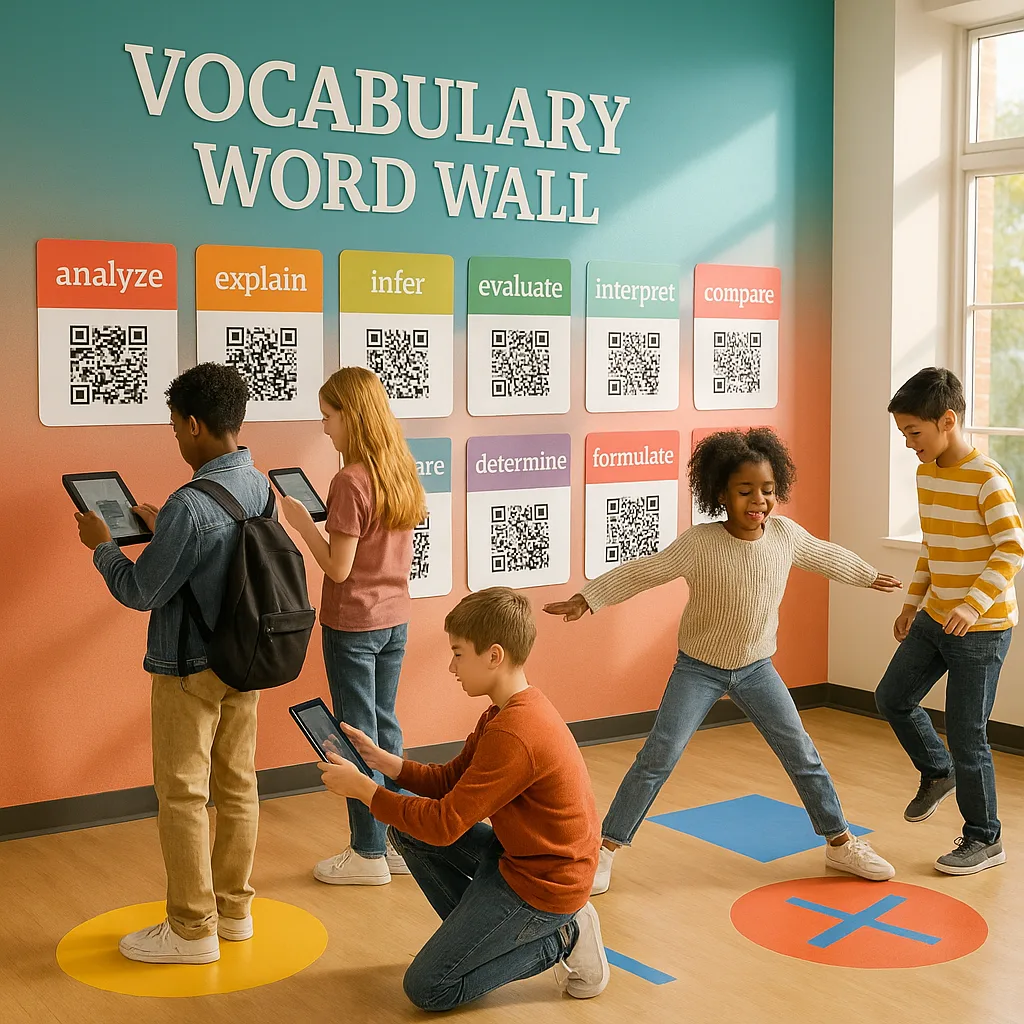Vocabulary Word Walls: Poster Printing That Works
Hey #EduTwitter fam! Ready to revolutionize your classroom vocabulary instruction? Let’s talk about the game-changing potential of interactive word walls powered by modern poster printing machine vocabulary walls. Gone are the days of static displays gathering dust – we’re diving into research-backed strategies that transform these visual tools into dynamic learning experiences that actually stick!
The Research Revolution: Why Traditional Word Walls Fall Short
Let’s face it – we’ve all seen those Pinterest-perfect word walls that look stunning but function more like wallpaper than learning tools. Recent literacy research from the International Literacy Association shows that passive vocabulary displays result in less than 15% retention rates. Moreover, students rarely engage with static word walls unless explicitly directed. The solution? Active, multisensory approaches that leverage technology and peer interaction.
Furthermore, neuroscience tells us that vocabulary acquisition requires multiple exposures across different contexts. Traditional word walls provide visual exposure but miss opportunities for kinesthetic, auditory, and social learning modalities. That’s where innovative poster printing technology comes in, enabling us to create dynamic, updateable displays that evolve with student needs.

Implementation Strategies Using Modern Poster Printing Machine Vocabulary Walls
Creating effective interactive word walls requires strategic planning and the right tools. Here’s your step-by-step implementation guide:
1. Design Phase: Use digital tools like Canva or Google Drawings to create templates with designated zones for QR codes, movement activities, and collaborative spaces. Additionally, consider color psychology – warm colors for action words, cool tones for concepts.
2. Production Phase: A quality printer for posters makes all the difference here. The Classroom Pro 24 Poster Maker Elite Package provides the versatility needed for various paper types and sizes. Furthermore, lamination capabilities ensure durability for hands-on activities.
3. Installation Phase: Position walls at student eye level with clear zones for different activities. Moreover, create “satellite stations” around the room for small group work.
4. Activation Phase: Launch with explicit instruction on how to interact with each component. Subsequently, model expected behaviors and establish routines for regular engagement.
Movement Activities That Amplify Learning
Physical engagement transforms vocabulary from abstract concepts to embodied knowledge. Here are proven activities that work with your interactive displays:
Vocabulary Relay Races: Teams sprint to the word wall, scan QR codes for definitions, then act out the word for teammates to guess. Additionally, incorporate content-specific movements (scientific process gestures, mathematical operation poses).
Word Wall Yoga: Students create poses representing vocabulary terms, holding positions while explaining connections. Furthermore, photograph these poses and add them to your wall using your printer for posters.
Synonym Tag: One student calls out a word from the wall; others must touch a synonym before getting tagged. Moreover, increase difficulty by requiring antonyms or contextual examples.
Vocabulary Scavenger Hunt: QR codes lead to clues around the classroom, building toward a final vocabulary challenge. Subsequently, winners contribute new words to the wall.
Digital Integration: QR Codes and Beyond
Technology amplifies the impact of physical word walls when integrated thoughtfully. Here’s how to maximize digital components:
QR Code Best Practices:
– Create codes linking to Flipgrid videos where students explain words in their own voices
– Connect to Padlet boards for collaborative definition building
– Link to Kahoot quizzes for self-assessment
– Include pronunciation guides from Forvo or custom recordings
Augmented Reality Features:
Using apps like HP Reveal or Metaverse, create AR experiences triggered by wall images. Furthermore, students can see 3D models, animations, or video explanations overlaid on physical posters.
Digital Portfolio Integration:
Students document their vocabulary journey through photos of wall interactions, reflection videos, and usage examples in digital portfolios. Additionally, this creates accountability and showcases growth over time.
Sustainability and Maintenance Strategies
Long-term success requires planning for sustainability. Here’s how to keep your interactive word walls fresh and functional:
Material Durability:
Invest in quality printing and lamination. The Amplify Poster Maker offers scanning capabilities, allowing you to archive and reprint damaged sections easily. Furthermore, using appropriate media types ensures longevity.
Rotation Schedules:
Implement quarterly themes while maintaining core academic vocabulary. Additionally, student committees can manage transitions, building ownership.
Budget Planning:
Calculate annual costs using the total cost of ownership guide. Moreover, explore funding sources for sustainable implementation.
Storage Solutions:
Create a vocabulary wall library where past displays are catalogued and stored. Subsequently, these become valuable resources for review and spiral curriculum implementation.
Ready to Transform Your Vocabulary Instruction?
The academic vocabulary revolution starts with you! By combining research-backed strategies with modern printer for posters technology, you can create word walls that truly engage students. Furthermore, the impact extends beyond vocabulary to critical thinking, collaboration, and communication skills.
Join thousands of educators revolutionizing vocabulary instruction with interactive, research-based word walls. #VocabularyRevolution #EdTech #InteractiveLearning


